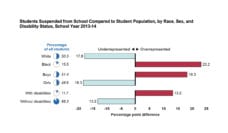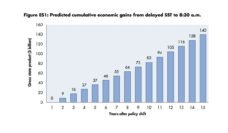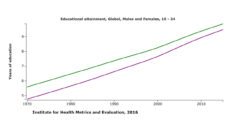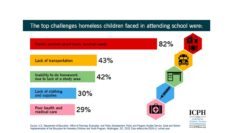Education is recognized as one of the main determinants of health, life expectancy, income and social status. School choice is a powerful tool to increase access to high-quality education. However, educational success is about more than opportunity. A student’s ability to get to school on time determines their ability to be more engaged, stay out of trouble, and succeed academically.
Mode of transportation matters
A close look at Philadelphia routes revealed that students relying on public transportation had 20 minute longer commutes each way than students traveling by car to the same schools. This means students relying on public transit spend 100 more hours commuting every year than peers with vehicle transportation.
Philadelphia isn’t alone. Students in New York City and Washington, D.C. have been found to double their commuting time when using public transportation. In Denver, New Orleans, and Detroit, public transit took three times longer than driving.
Time, over distance, may be a better measure of spatial equity for urban communities.
Philadelphia subsidizes the cost of public transportation for students, eliminating financial barriers to school choice. Parents instead reported that the time their children would spend on public transportation was a more important factor than cost or distance when choosing schools. One mother argued, in response to an offer for her high-achieving child to attend a better school, “No, that’s too far. He would have to take a subway and two buses. It would take almost an hour each way for him to get to and from school.”
“For all children, a great school, close to where they live”
Thirty percent of Philadelphia households do not have access to vehicles. The Philadelphia school district motto recognizes the value of a short commute, but distance does not account for the burden of time felt by students that rely on public transit. This disadvantages the kids who school choice policies were intended to benefit most in the first place, those from low resource families.
Long, unreliable commutes make it harder to be a good student, limiting the benefits of choosing a higher quality school. Time, over distance, may be a better measure of spatial equity for urban communities. Taking public transportation into account will help level the educational playing field for all kids.
Photo by Reno Laithienne on Unsplash














